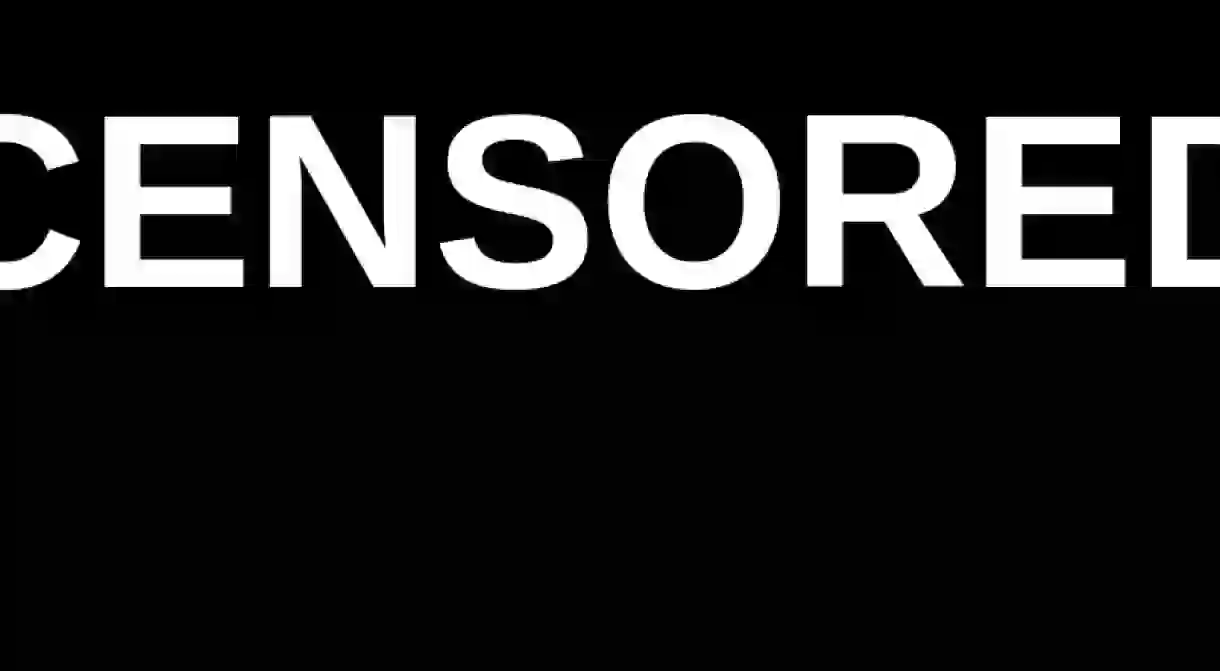How India's Censors are Affecting the Film Industry

India’s highly controversial film censor board has found its way back to the headlines again, this time for requesting cuts of several words – including “cow” and “Hindu India” – in a documentary on Nobel laureate Amartya Sen. Filmed by Suman Ghosh, the documentary features Sen criticizing what he thinks is the current government’s “Hindutva” – Hindu nationalist – view of the country, and the censor board’s protests to it have only reignited a debate on the role of the body in democratic India today.
The censor board’s treatment of The Argumentative Indian, Suman Ghosh’s documentary titled after Sen’s award winning book, is anything but an isolated case. As much an object of ridicule as of controversy, India’s censor board – the Central Board of Film Certification – has gathered much notoriety over the years for its ruthless handling of films. Its functioning has been called outdated, irrational, counterproductive and a huge block to not just creative freedom but also democratic thought.
Recently, the censor board was subject to much public outrage when it refused to certify (thereby blocking) the release of award-winning Lipstick Under My Burkha (2017), for being “lady-oriented,” in addition to a host of other reasons, including the fact that it contains sexual scenes and abusive words. While the film was finally released on July 21, 2017 following a bitter, months-long appeals process seeking to revert the censor board’s decision, the episode opened up dialogue about the board’s outdated role in India today, and about the treatment of women in Indian cinema.
Over the past few years, the censor board has made headlines for demanding cuts of on-screen kisses, drug use, and references to controversial political events, among other random scenes. Its instructions for 50% cuts to the kissing scenes in the James Bond thriller Spectre (2015) invited global ridicule, while its demands for 94 separate cuts from Udta Punjab (2016), a much anticipated film on Punjab’s drug problem, ended with court intervention and a reminder that the CBFC’s job is to ‘certify films, not censor’ them.
So how does the film industry deal with the censor board? While it is standard for filmmakers to protest cuts and other demands to the Film Certification Appellate Tribunal, a body specifically set up to handle such cases, a lot of films just undergo the necessary cuts for the sake of time. Some filmmakers – particularly of independent and lower-budget films – take to online platforms where the censor board currently has no power. Regardless, protesting the erratic demands of the censor board has almost become a rite of passage and unifying factor for filmmakers across India.













